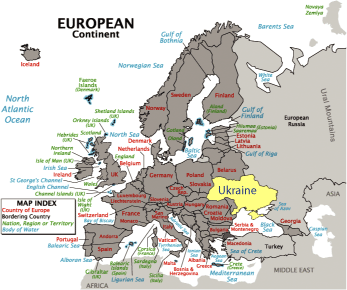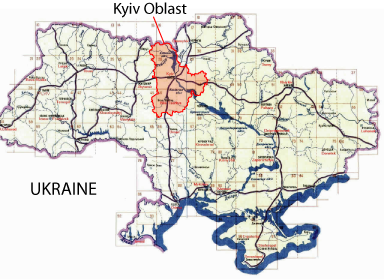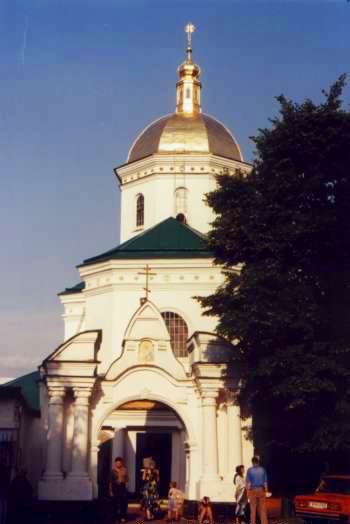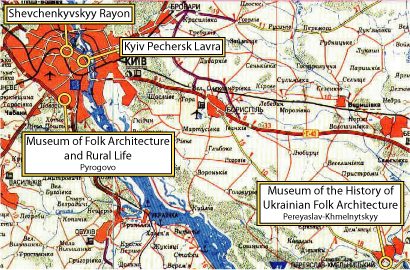


The Holy Apostle Andrew the First-Called undertook many "labors and endured pangs in the spreading of the Gospel of Christ. He passed on through Pontos, the seaboard of the Black Sea, Scythia, and the Chersonese. By God's providence, he reached the River Dnieper in the land of Russia, and halting upon the shore beneath the hills of Kiev, he lay down to rest. When he arose from sleep in the morning, he said to his disciples who had accompanied him, 'Believe me: on these hills the grace of God will shine forth. There will be a great city here, and the Lord will raise many churches in this place and enlighten all of the Russian land with holy Baptism.' And ascending the hills, the saint blessed them and set up a cross, prophesying that the people who dwelt there would receive the Faith from the apostolic see he had established in Byzantium." (Quoted from The Great Synaxaristes of the Orthodox Church: November, Holy Apostles Convent, Buena Vista, Colorado, 2002, p. 1015.)
Of course St. Andrew's prophecies were fulfilled in ways beyond telling. But perhaps the material on these web pages will provide a very small glimpse of the Work our Lord Jesus Christ would eventually work among the Rus beginning with the seeds planted during St. Andrew's missionary journey.
For most of the first millenia following the missionary work of St. Andrew there is little if anything available in the way of information concerning Christianity along the Dnieper River and in what would become Kyiv and the land of the Rus. However, as early as the 840s, Ibn-Khordadbek mentioned Christian Slavs who traded with the Orient. According to Byzantine sources (Patriarch Photius, +891, and others), some people of the Rus were baptized after the campaign against Constantinople in 860. The 944 treaty with Byzantium mentions Christians in Rus, and also the church of St. Elias (Elijah).

The present-day Church of St. Elias was built in 1692 near the Dnepier River
reportedly on the site of the first Kyiv church (ca. 944, which also honored St. Elias).
The first Christian ruler of Kyiv (reigned 945-965) was St. Olga (aka Olha). However, Christians apparently remained a very small minority until St. Vladimir (St. Olga's grandson) adopted Christianity in 988. Consider, for example, the story of the Holy Martyrs Theodore and John (commemorated 12 July), a father and son said to be the only Christian family in Kyiv during Vladimir's rule in his pagan days—and they were martyred for it!
While Christianity suffered much at the hands of the Soviet, including the destruction of many churches and the martyrdom of countless Christians, belief was not eradicated nor were all historical reminders of a thousand-years of Orthodox christianity destroyed. A sampling of the remaining churches is offered here as a visible testimony to the Faith that has for so long been a part of the people of this land. More than two-dozen churches were selected for presentation in varying degrees of detail. Physically these structures are located in one of four different regions as outlined below.
Of these four different choices in locale, all have something unique to offer. For example, the churches in Shevchenkyvskyy Rayon and Kyiv Pechersk Lavra are all masonry in construction, while those in the folk museums are built of wood. The Shevchenkyvskyy Rayon has 11th century mosaics and frescos to offer. The Kyiv Pechersk Lavra has the uncorrupted relics of church fathers from the monastery. To check them out, just "click" on one of the four outlined labels on the map below to open the associated web page. However, to best appreciate this material, it is highly recommended that you know something about the symbolism that is very much a part of Orthodox architecture, such as found in Orthodox Church Architecture Basics.
